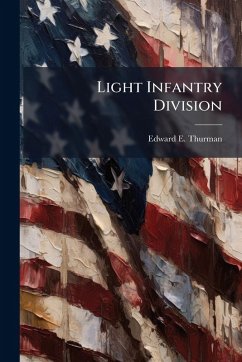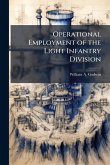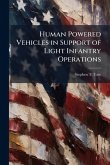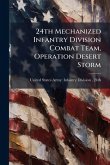This study provides an analysis of the employment of the light infantry division in a mid- to high-intensity environment. The baseline assumption is that despite being "optimized" for low-intensity conflict, the light infantry division must be prepared for employment into theaters of war where more intense levels of conflict are the norm. An examination of current approaches outlining proposed uses of the light infantry division in a mid- to high-intensity environment is provided which highlights shortcomings in several tactical employment options. Historical precedence providing insight into the potential effectiveness of these options is derived from the operations of Darby's Rangers in WWII. This is followed by a brief investigation into operational uses of light forces during WWII. Specifically, German operations at Fort Eben Emael and Crete are presented. Finally, a proposal for the contemporary employment of the light infantry division is provided which maximizes its capabilities and seeks to minimize the exposure of its vulnerabilities. Among the conclusions drawn from this study are: the light infantry division can serve as a force multiplier when used operationally in a mobile and offensive manner. The structure of the light infantry division was "optimized" for the wrong mission. It is too light to perform heavy infantry missions yet is too heavy to perform true light infantry missions. Light infantry is a force apart from regular infantry. Its roles and missions are distinct. Augmentation with heavy equipment does not convert it to regular infantry. Selected headquarters within the light infantry division should be considered for elimination from the division organization. Specifically, the division artillery headquarters, air defense battalion headquarters and the engineer battalion headquarters appear to be carry over organizations from the regular division which have minimal utility in the light division. The light infantry division requires increased This work has been selected by scholars as being culturally important, and is part of the knowledge base of civilization as we know it. This work was reproduced from the original artifact, and remains as true to the original work as possible. Therefore, you will see the original copyright references, library stamps (as most of these works have been housed in our most important libraries around the world), and other notations in the work. This work is in the public domain in the United States of America, and possibly other nations. Within the United States, you may freely copy and distribute this work, as no entity (individual or corporate) has a copyright on the body of the work. As a reproduction of a historical artifact, this work may contain missing or blurred pages, poor pictures, errant marks, etc. Scholars believe, and we concur, that this work is important enough to be preserved, reproduced, and made generally available to the public. We appreciate your support of the preservation process, and thank you for being an important part of keeping this knowledge alive and relevant.
Bitte wählen Sie Ihr Anliegen aus.
Rechnungen
Retourenschein anfordern
Bestellstatus
Storno








